Hammond House
Introduction
Text-to-speech Audio
Images
Photo of the Hammond Mansion, Built in 1838 Retrieved from the Berkeley County Historical Society Archives
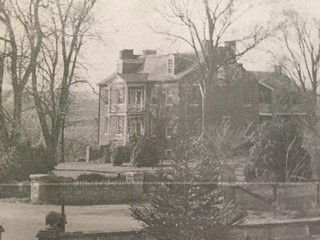
Hammond Mansion as it appears today Photo by: Ed Stely, October 7, 2015
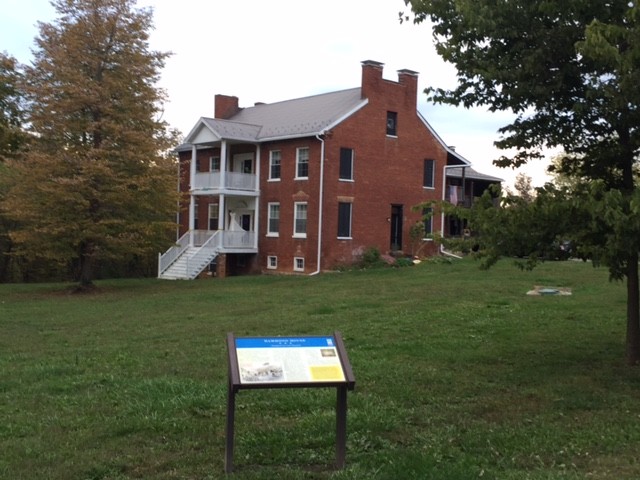
The Mill Building on the former Hammond property Photo by: Ed Stely, October 7, 2015
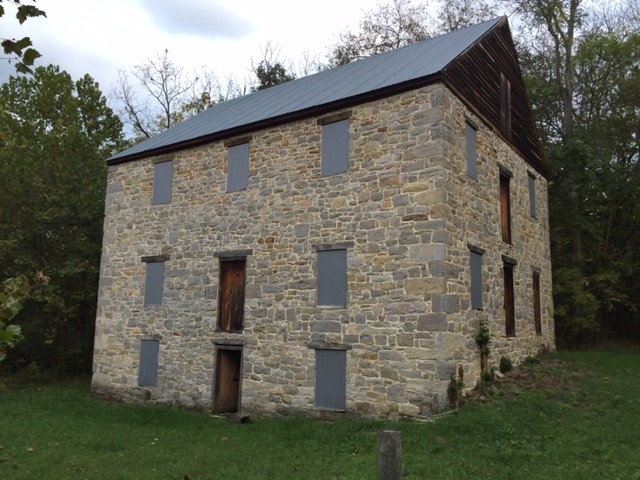
The Hammond House Photo by: Ed Stely, October 7, 2015
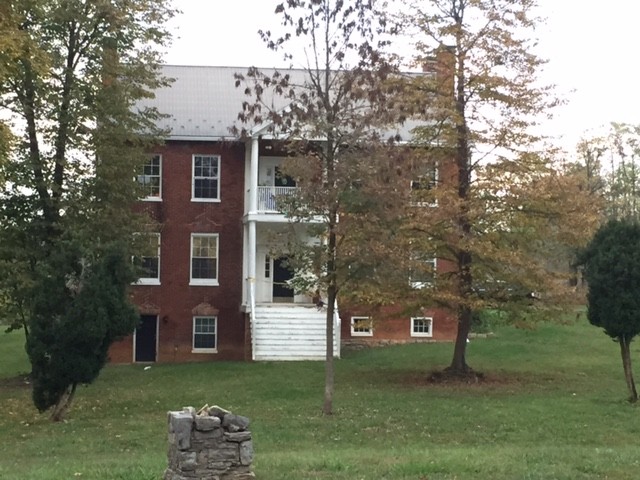
Hammond House Marker Photo by: Don Morfe, July 29, 2012
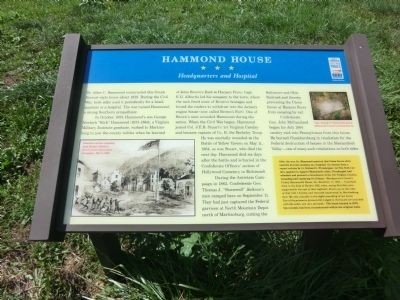
Backstory and Context
Text-to-speech Audio
The Hammond House is located at 2919 Hammonds Mill Road (WV 901) directly across from the Falling Waters Presbyterian Church. The house is now privately owned and the property has been posted (no trespassing). Despite the fact that you can no longer tour the house and property, it is still an interesting stop on the Civil War Trail. The old Mill building is also still standing and sits along the creek on Hammonds Mill Road, roughly 1/4 mile past the house.
Dr. Allen C. Hammond
Allen C. Hammond, of Berkeley County
Virginia (now in West Virginia), was born in Frederick, Maryland. He was a
physician and settled in Berkeley County sometime before 1833. Dr. Hammond
served as a member of the Virginia House of Delegates from 1849 to 1851. As a
delegate from Berkeley County in the State Convention, he voted against
secession both on April 4 and on April 17, but he later changed his vote from
“nay” to “aye.”
Dr. Hammond reportedly purchased the property in 1939 from Alexander Stephen,
the son of Adam Stephen, who founded the town of Martinsburg. The
property was described in an ad that appeared in the Martinsburg Gazette on
January 2nd, 1839. The property consisted of 400 acres with three dwelling
houses, a corn house, wagon shed, a mill that was three stories high and
constructed of stone. The mill included three runs of stone for grinding
and all labor saving machinery with metal gearing from the basement to the garret,
all nearly new. Within 30 yards of the mill was a stone distillery with
operational full patent stills. A spring passed thru a stone dairy and
under the floor of the distillery.
After Dr. Hammond purchased the property, both the mill and the distillery were
kept in operation. Following the Civil War, Dr. Allen Hammond sent
several letters to the federal government in an attempt to recoup his losses
from the war. He stated that the Union Army had taken from his
distillery, 10,000 bushels of corn and 50 barrels of whiskey. They also
allegedly took 75,000 brick from the kiln, they killed his cattle, sheep and
hogs, used two crops of wheat, 100 tons of hay, cut down his timber and used
the brick and lumber to build shanties. Dr. Hammond also reported that
his wagons were taken and that he lost 5o slaves due to President Lincoln's
proclamation. In this same letter, he also proclaimed himself a good
union man who had been loyal to the cause. Hammond stated that all told, the
war had cost him in excess of $168,000.
Needless to say, he did not receive any reimbursement for his losses.
Based on this financial hardship, Dr. Hammond was forced to sell his property
in 1866. The property, to include the mill and house was sold to Joseph
Duvall for the price of $50,000. The property remained in the Duvall
family until 1945, when it was sold to Mr. Max Oates. Following a fire in
1978, the Oate's family has since restored the exterior of the home to reflect
its former prominence. The home was later sold and is now privately owned.
Legend has it that during the Civil War the ladies of the house shot, sniper-style, several Union soldiers. As a result, the ladies were reportedly captured and locked into the brick, windowless slave shack on the property. The order was given to get rid of the women, meaning to take them out of the area, but the order was allegedly misinterpreted, and indeed, the women were gotten rid of. Fire was set to the slave shack, killing them all. Some believe that the Hammond House is haunted.
